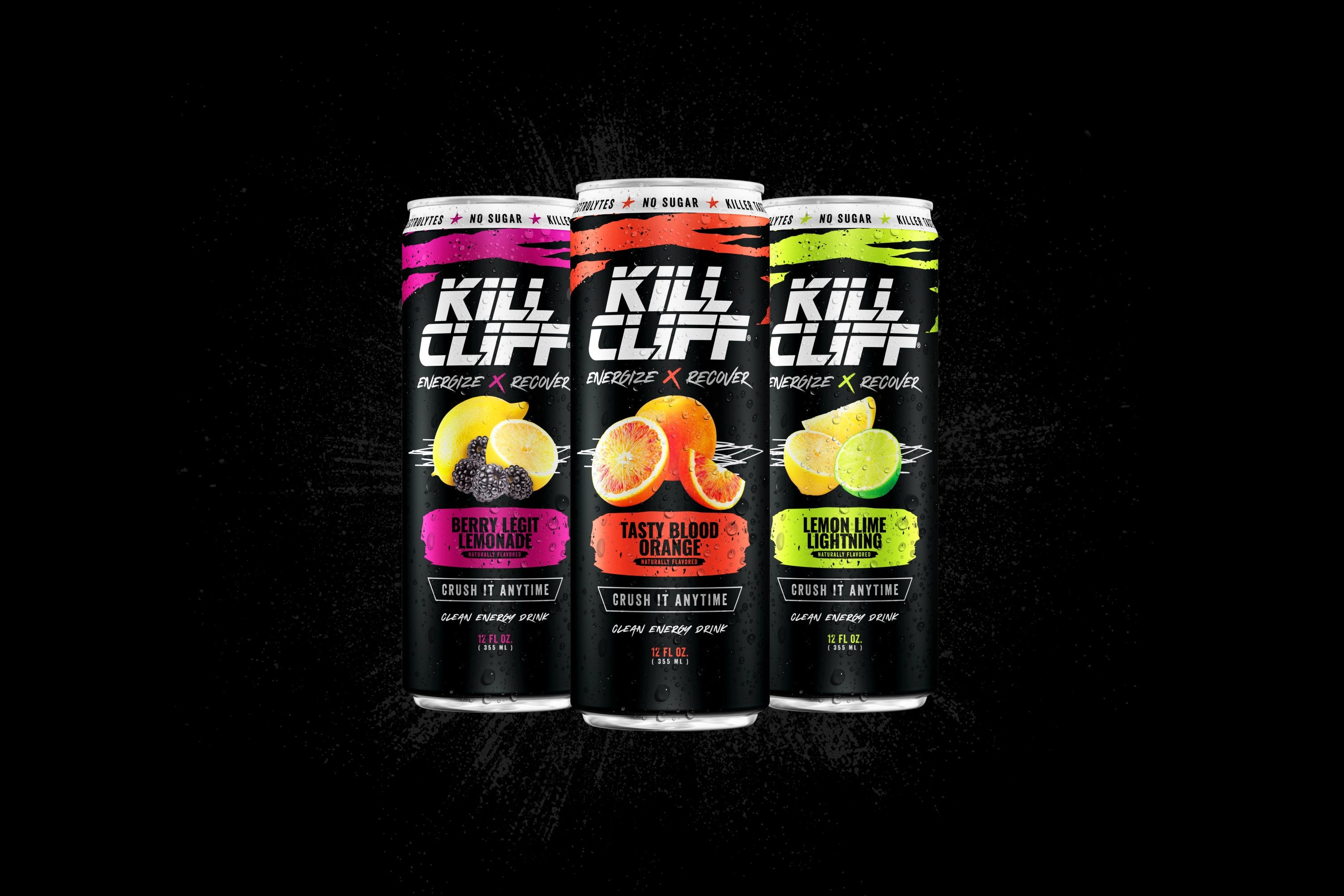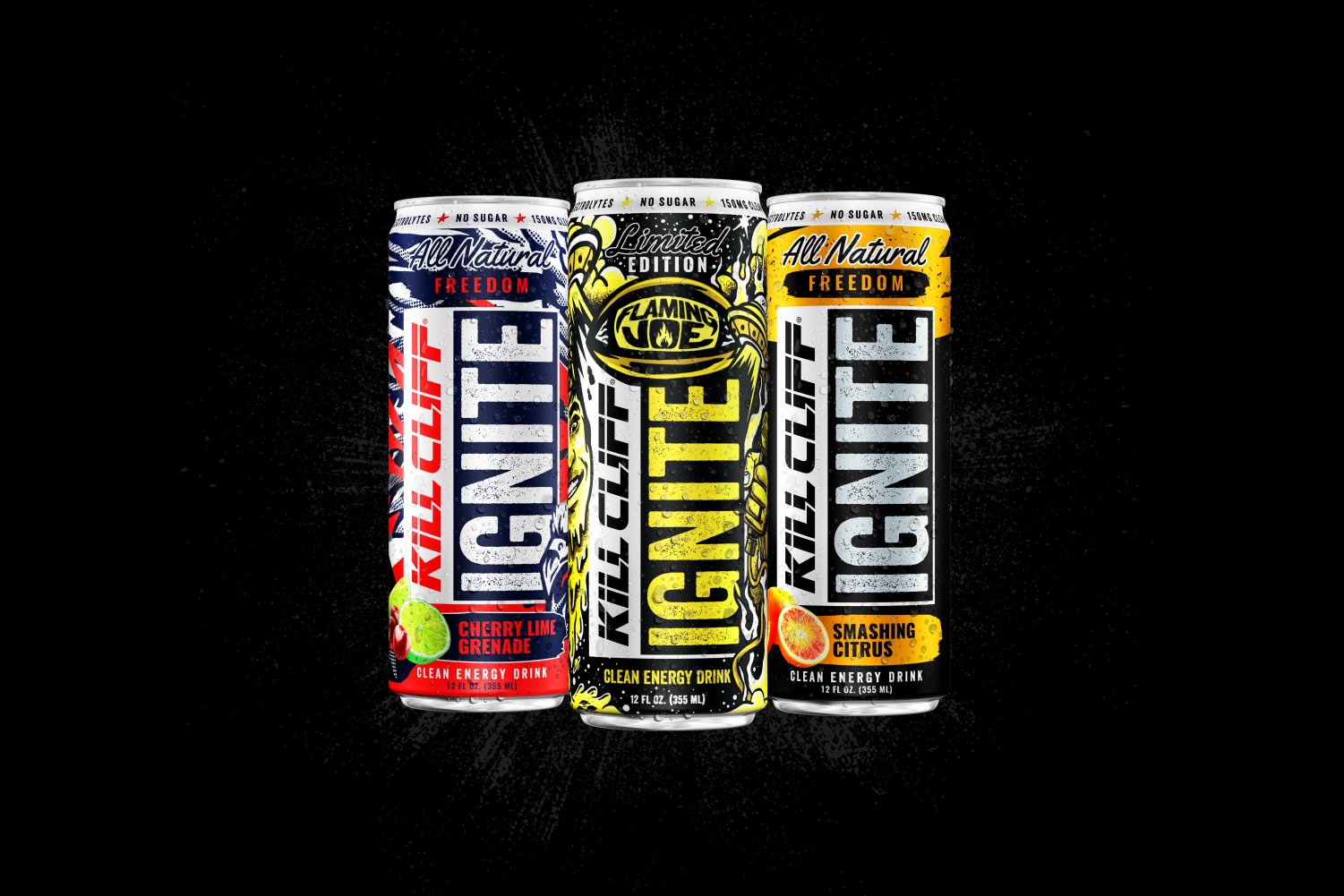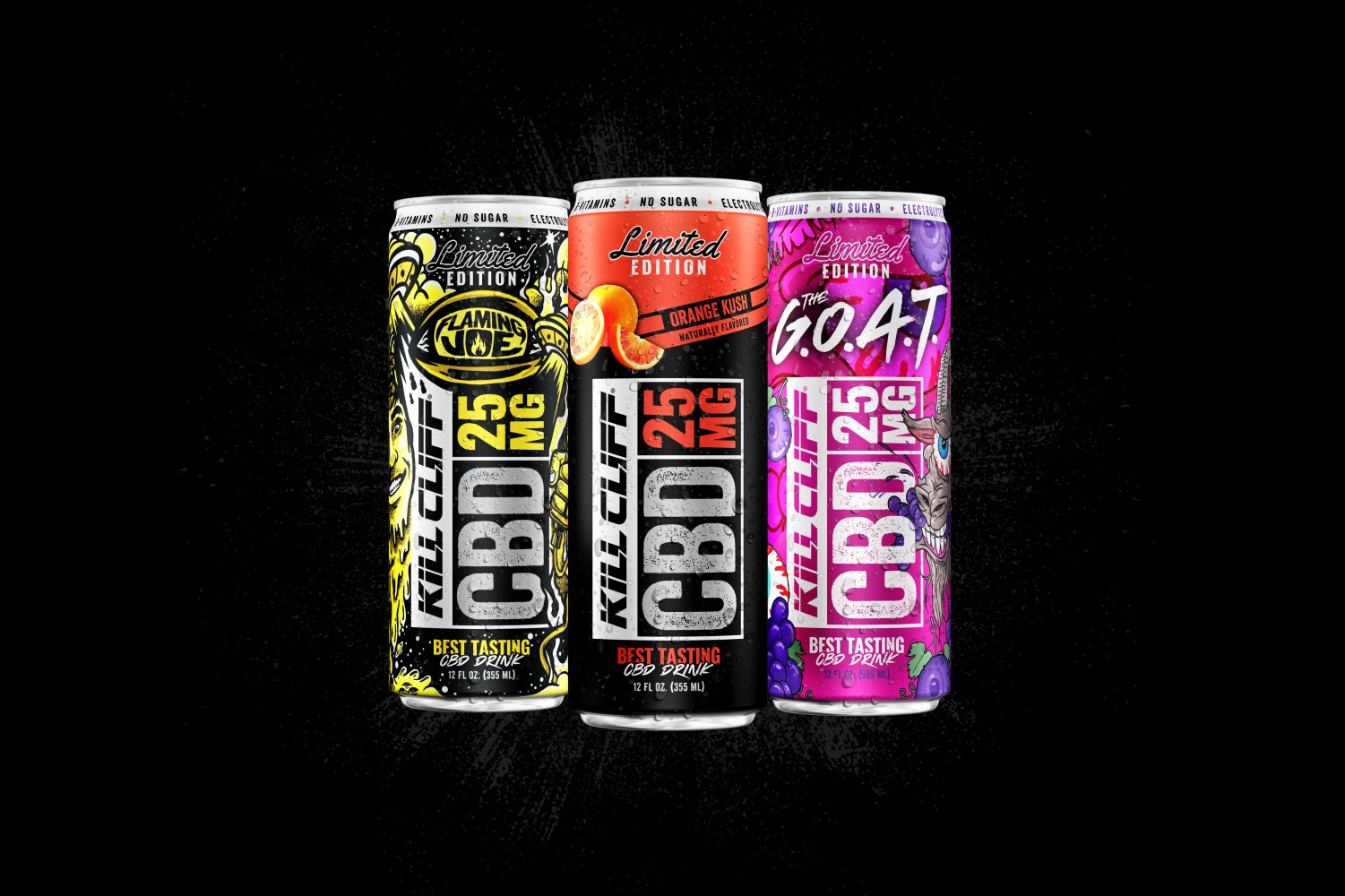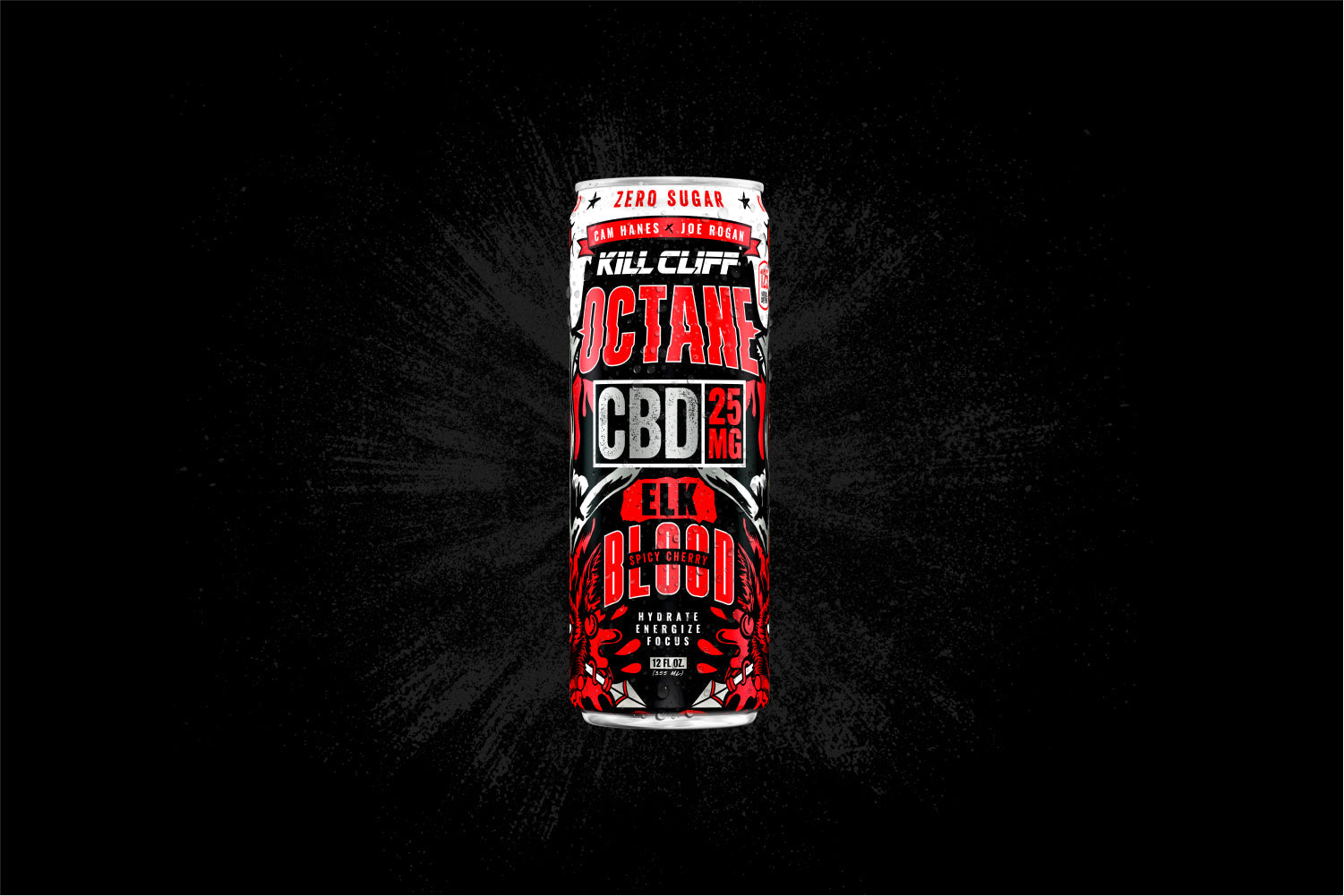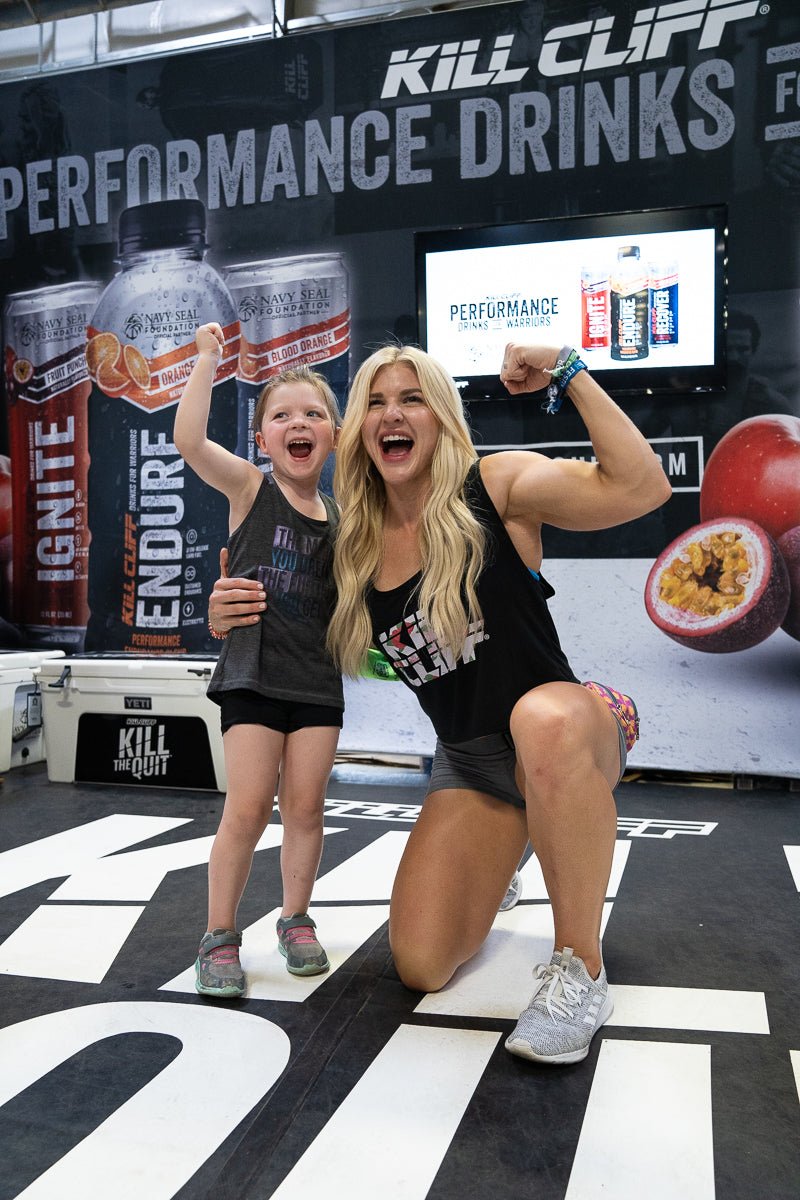
If you’re serious about results, pull-ups and pull-up variations should be a staple in your training program. They are the king of upper body mass development and functional strength proliferation. The reason for pull-up superiority is the nature of the exercise itself, which requires moving the body around a fixed object, as opposed to other methods of pulling which require a mobile object moving around the body. Moving the body around a stationary object requires greater motor unit recruitment from the musculature of the upper back and elbow flexors, delivering greater results faster.
Like all bodyweight exercises, pull-ups are a motor skill requiring many attributes for proper execution; Strength, balance, coordination, proprioceptive awareness etc. Like all motor skill patterns, the best way to develop pull-up proficiency is to work on them often. In training terms, this is known as increasing the training frequency. Increasing the frequency of an exercise leads to better development, but it does carry a risk of overuse injury. For this reason, variation of grip is key. By switching the grip every few workouts, the emphasis of musculature recruitment is changed, preventing plateau and damage from overuse.
The 3 most popular grips for pull-ups are Pronated, Supinated and Neutral.
- Pronated Grip – Referred to as “pull-ups”, the palms are facing away from the body.
- Supinated Grip – Referred to as “chin-ups”, the palms facing towards the body.
- Neutral Grip – Also referred to as “parallel grip”, the palms are facing each other, splitting the midline of the body.
Each grip provides a different training effect based off of which muscles are overloaded to perform the exercise.
- Pull-Ups – The most difficult of the 3 grips, the pull-up recruits the musculature of the upper back more than the musculature of the elbow flexors. For this reason, the pull-up grip is ideal for packing on upper back mass, but not ideal for arm growth.
- Chin Ups – This grip elicits the greatest activation of the biceps brachii, and significantly higher activation of the pectoralis major, than other grips. This grip should allow for heavier loads than the pull up due to the greater involvement of the biceps.
- Neutral Grip – This is the strongest of all pull-up grips. Parallel wrists place more emphasis on the brachialis, eliciting substantial arm growth. Taking advantage of the biomechanically advantageous grip also allows for utilizing heavier loads, producing greater recruitment of the inferior fibers of the Lats.
Can’t do a pull-up? Try this 6-week progression
Week 1&2
Week 1 Bodyweight – Week 2 Weighted
A1 – 5x1 30 second Iso Hold – Neutral Grip
Rest 20 seconds
A2 – 5x5 Incline Bench Y Raise – 1116 Tempo
Rest 90 seconds
B1 – 6x8-10ea Single Arm Dumbbell Rows – 2112 Tempo
Rest 60 seconds
B2 – 6x8-10 Hanging Scap Elevation-Depression – 1111 Tempo
Rest 60 seconds
Week 3&4
Week 1 Bodyweight – Week 2 Weighted
A1 - 5x1 – 30 Second Eccentric Lower - Chin Up Grip
Rest 20 seconds
A2 – 5x6 Incline Bench Y Press – 1115 Tempo
Rest 90 seconds
B1 – 6x8-10 Ring Row – 2112 Tempo
Rest 60 seconds
B2 – 6x8-10 Snatch Grip Overhead Shrug – 1112 Tempo
Rest 60 seconds
Week 5&6
Week 1 Bodyweight – Week 2 Weighted
A1 – 5x1 Neutral Grip Chin Up – 2112 Tempo
Rest 20 seconds
A2 – 5x8-12 Gymnastic Ring Y-Raise
Rest 90 seconds
B1 – 6x8-10ea Single Arm Dumbbell Row – 2112 Tempo
Rest 60 seconds
B2 – 6x8-10 Cuban Press (shrug in top) – 2012 Tempo
Rest 60 Seconds
